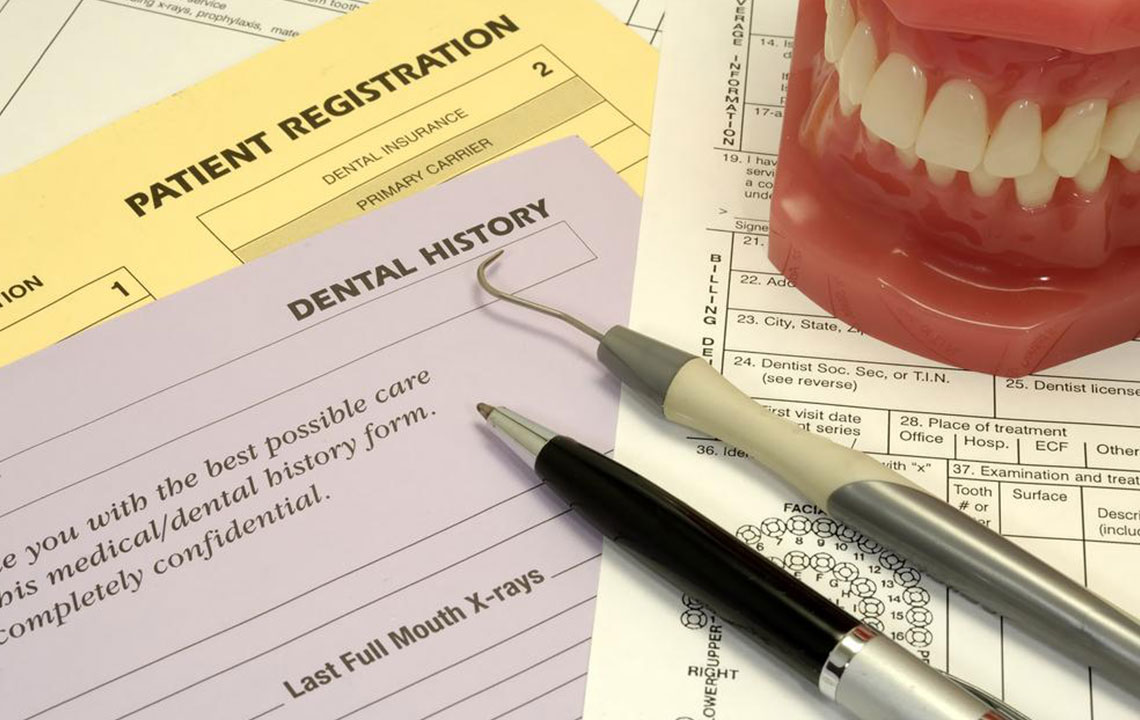Comprehensive Guide to Choosing Cost-Effective Dental Insurance Options
This comprehensive guide explores how to select cost-effective dental insurance plans tailored to your specific needs. From understanding plan types like PPOs and DHMOs to coverage details and budget considerations, discover practical tips for maintaining affordable, high-quality dental care. Whether you seek flexibility or savings, this article helps you make informed decisions to protect your oral health efficiently.

Comprehensive Guide to Choosing Cost-Effective Dental Insurance Options
Managing dental health is a crucial part of maintaining overall well-being, but the expenses associated with dental care can quickly add up, especially for families or individuals requiring regular treatment. Dental insurance has become an essential tool to help mitigate these costs, making it easier to access high-quality dental services without straining finances. The key lies in understanding the various plans available, their coverage options, and how to select the right plan that balances cost and benefits effectively.
Identifying the Perfect Dental Insurance Plan for Your Needs
When choosing a dental insurance plan, it is vital to evaluate your specific dental health needs and financial situation. Reliable dental insurance policies generally offer coverage that spans routine check-ups, cleanings, fillings, and more complex procedures like root canals or implants. Investing in a well-suited plan ensures that you won't delay necessary dental treatment because of cost concerns, ultimately protecting your oral health and providing peace of mind. Proper planning can help you avoid unexpected expenses and maintain consistent dental care throughout the year.
Exploring Budget-Friendly Dental Insurance Options
Your monthly budget plays a significant role in determining the most suitable dental insurance plan. Typically, dental insurance plans fall into two broad categories: DHMO (Dental Health Maintenance Organization) and PPO (Preferred Provider Organization). Each comes with its own benefits and limitations, so understanding these differences helps in making an informed decision.
PPO Plans: PPO plans offer considerable flexibility, allowing you to choose any licensed dentist—both in-network and out-of-network. They usually have higher premiums but provide the advantage of visiting any specialist without a referral. This feature is appealing if you prefer greater control over your dental healthcare and are willing to pay slightly more for it.
DHMOs: DHMO plans are generally more affordable, often featuring lower premiums and copayments. However, they typically require members to select a primary dentist and obtain referrals for specialist treatments, which could limit choices. These plans work best for individuals who prefer cost savings and are comfortable with a network-based approach to dental care.
Comparing these options based on your financial capacity and preference for flexibility can significantly impact your satisfaction with your dental coverage.
Coverage of Dental Treatments and Procedures
An effective dental insurance plan not only covers basic services but also extends to more specialized treatments. Standard coverage usually includes routine examinations, cleanings, X-rays, fillings, and extractions. These are essential for maintaining healthy teeth and gums. If you anticipate requiring orthodontics, dental implants, crowns, or surgical procedures, it's crucial to verify whether these are covered under your selected plan.
In some cases, certain treatments may be partially covered or come with additional out-of-pocket costs. Carefully reviewing the specific coverage details for these procedures can prevent unexpected expenses down the line.
Understanding Payment Limits and Coverage Caps
Most dental insurance plans impose coverage caps and annual maximum benefits. These limits define the maximum amount the insurer will pay within a policy year, which can be critical for those with ongoing dental issues. For example, a plan might have an annual limit of $1,500; if your treatment costs exceed this amount, you'll be responsible for the remaining expenses.
Before selecting a plan, always inquire about any restrictions or caps on coverage—such as per-treatment limits or lifetime maximums. Choosing a plan with higher coverage caps ensures better protection against costly treatments, especially if you have chronic dental health concerns or anticipate extensive dental work in the future.
Choosing Plans Based on Deductibles and Premiums
The balance between deductibles, premiums, and out-of-pocket costs is a fundamental aspect of selecting the right dental insurance plan. A plan with a low deductible typically comes with higher monthly premiums, but it reduces your initial out-of-pocket expenses when receiving treatment. Conversely, plans with higher deductibles may have lower premiums but require you to pay more upfront before your insurance coverage begins.
Assess your overall financial situation and comfort level with upfront costs to identify the most appropriate plan. If you prefer predictable monthly expenses, a plan with a higher premium and lower deductible may be advisable. Conversely, if you want to minimize monthly payments and are willing to cover small routine costs out of pocket, a plan with a higher deductible could be suitable.
Wrapping up, carefully considering these factors—coverage options, costs, limitations, and flexibility—will help you select a dental insurance plan that is tailored to your individual needs and budget. Adequate dental coverage ensures affordable, comprehensive oral health care, allowing you to maintain a healthy smile throughout the year while managing expenses effectively.





